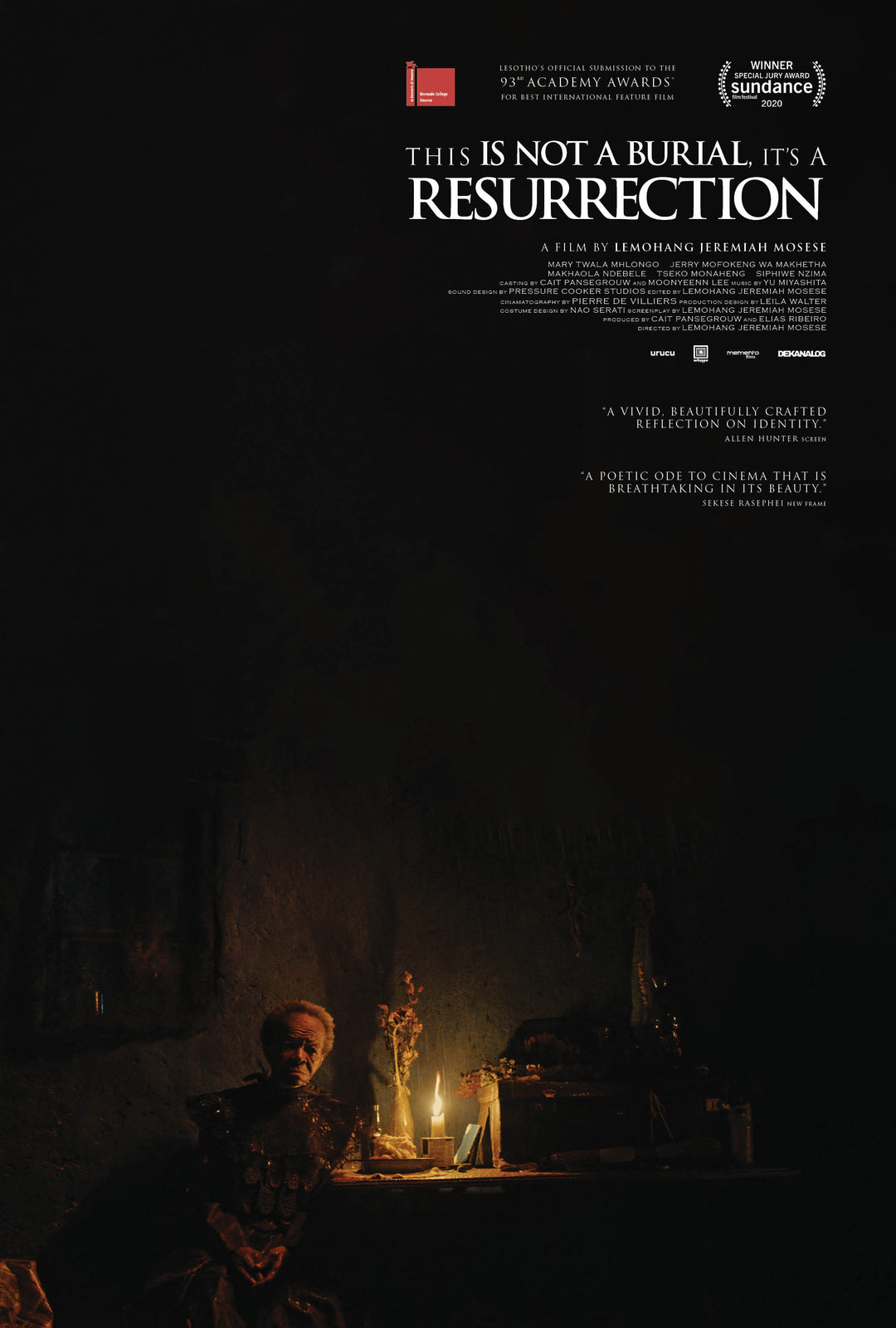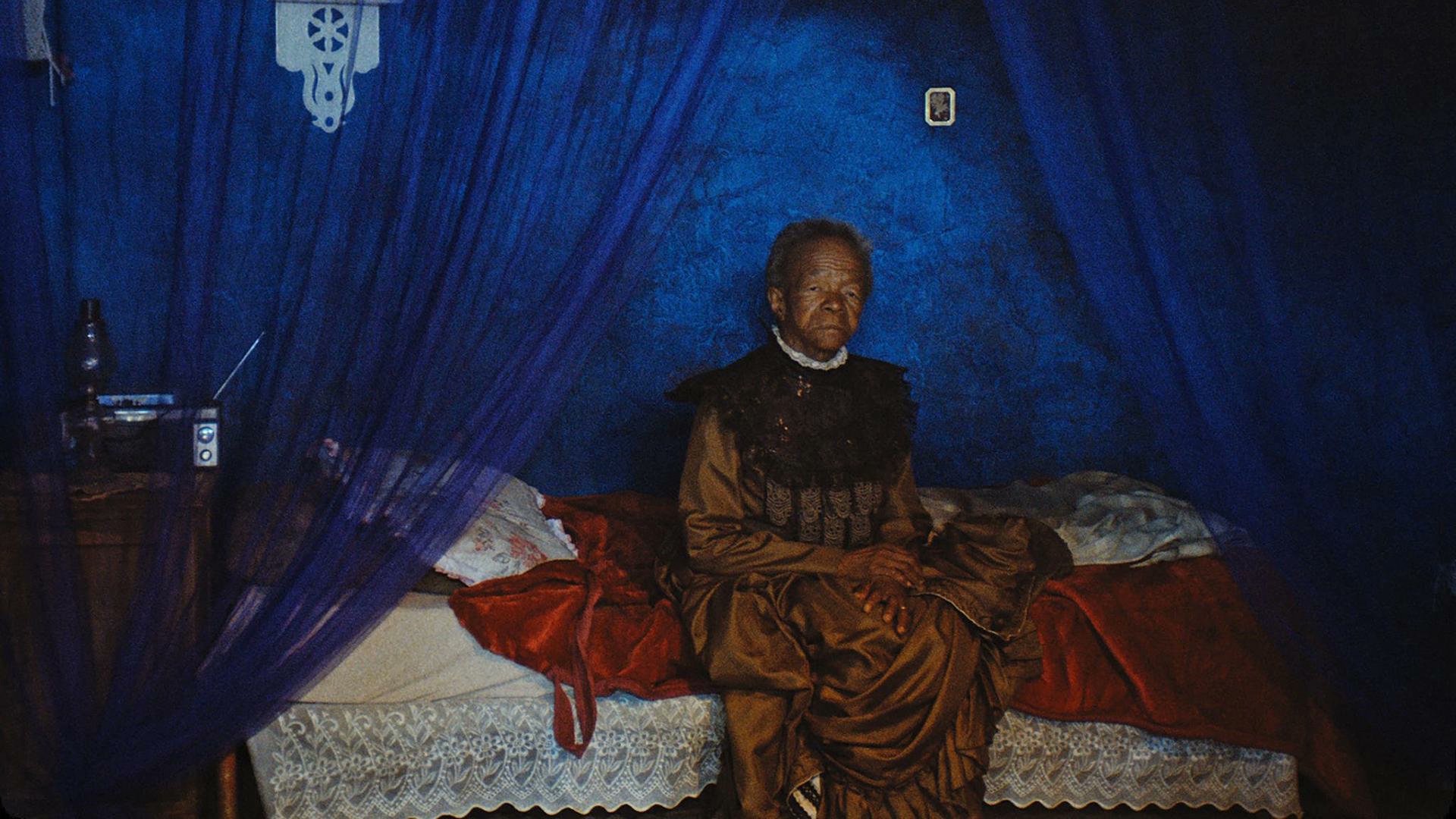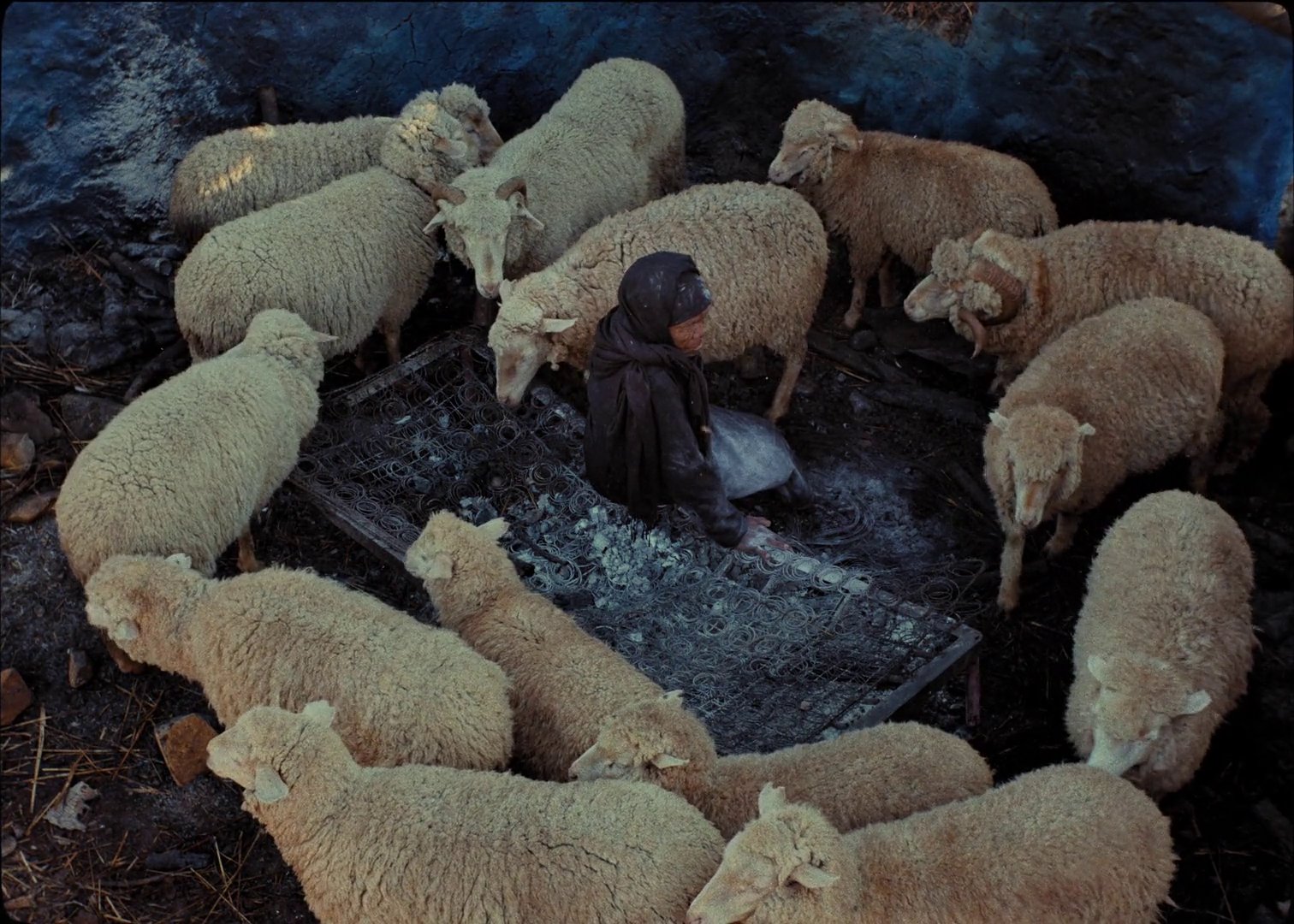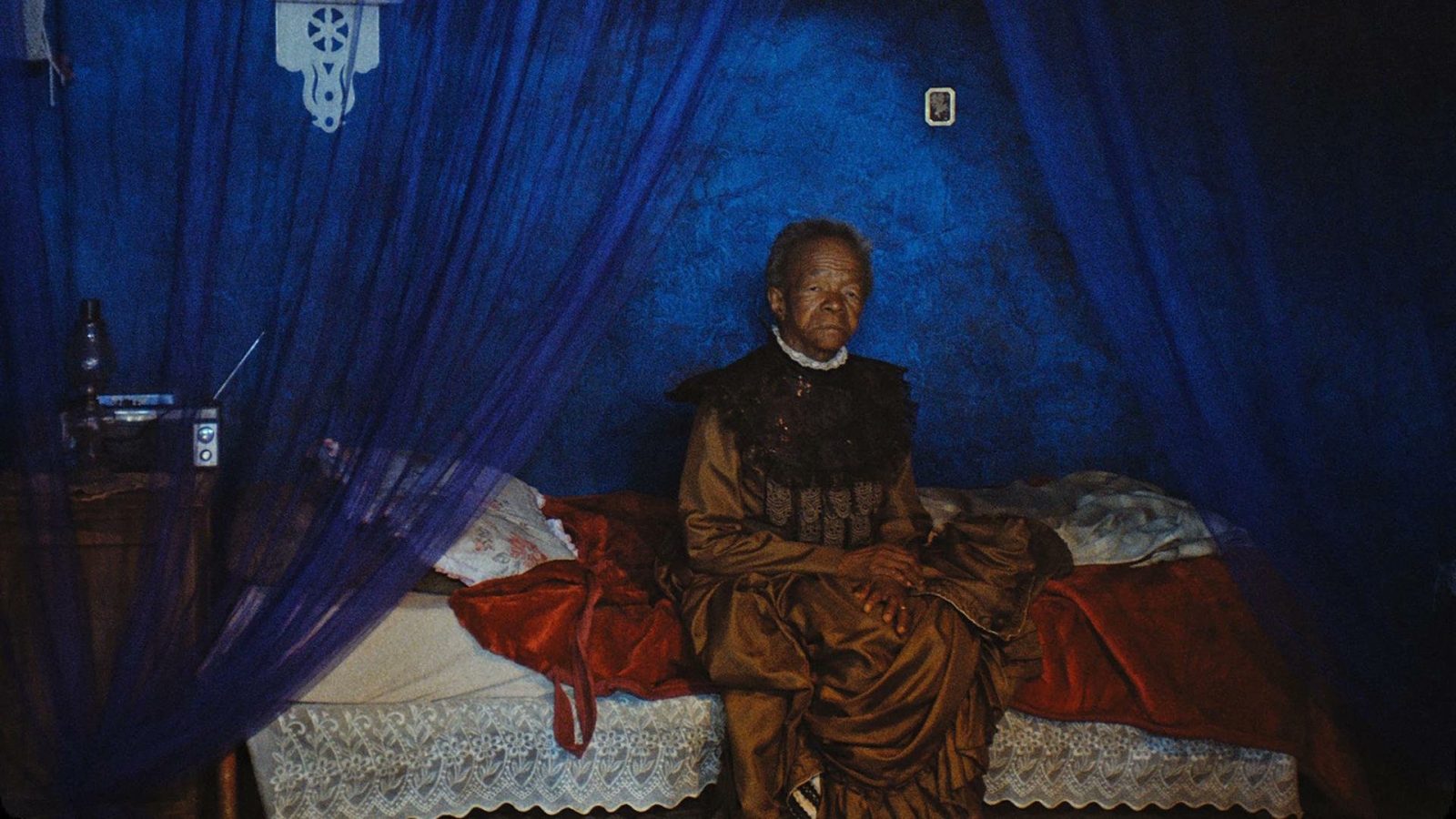What makes This Is Not a Burial, It’s a Resurrection remarkable is not merely what it depicts but how it depicts it.
By Joseph Jonathan
Many African films that dazzle on the international festival circuit often take years before becoming accessible to audiences on the continent. The reasons are layered: the absence of strong distribution infrastructure across Africa, the prioritisation of Western markets by international sales agents, and the reluctance of global streamers to immediately acquire “niche” African arthouse films. Even when such films are celebrated abroad, African viewers frequently wait—sometimes indefinitely—for a chance to see them.
Lemohang Jeremiah Mosese’s This Is Not a Burial, It’s a Resurrection is one such film. After premiering at the Venice Film Festival in 2019, it screened in South African cinemas in 2020 but only began streaming widely across Africa on Showmax in September 2025.
By then, it had already gathered a formidable reputation: Lesotho’s first-ever Oscar submission (2021) and winner of the Special Jury Award for Visionary Filmmaking at Sundance (2020). The belated arrival of the film to African screens sharpens its themes of erasure and reclamation—it is itself a resurrection, returning home after years of circulation elsewhere.

This Is Not a Burial, It’s a Resurrection follows the story of Mantoa (Mary Twala Mhlongo), an eighty-year-old widow who has just lost her only son. Consumed by the grief of losing her only surviving family member, she begins to plan her burial and wishes only to be buried alongside her kin in the ancestral soil of her village.
The government, however, has other plans. In the name of development, her community will be displaced, their homes and graves drowned under the floodwaters of a dam built not for their benefit but for South Africa’s insatiable thirst. What unfolds is not just a struggle over land, but over memory, spirituality, and the meaning of death itself.
This is Not a Burial, It’s a Resurrection is a film that refuses to treat grief as private tragedy. Instead, it insists that grief is political, ancestral, ecological. It stages a confrontation between a widow’s despair and a state’s obsession with “progress”. The film resists easy categorisation: it is elegy, folklore, slow cinema, and political parable all at once. But above all, it is a radical act of reclaiming.
What makes This Is Not a Burial, It’s a Resurrection remarkable is not merely what it depicts but how it depicts it. Mosese eschews the forward-thrusting narrative rhythms of conventional cinema. Instead, he borrows from Sesotho oral traditions, grounding the film in storytelling modes indigenous to its setting.
The narration, carried by the lesiba playing Jerry Mofokeng, is not exposition in the traditional filmmaking sense—it is incantation, a lament that blurs the line between reportage and myth. The result is a film that feels less like a story being told and more like a collective memory being summoned.
The film’s dialogue is itself a triumph. For the more than five million people who speak Sotho, the film’s use of language carries an intimacy and resonance that deepens its emotional power, grounding it firmly in the culture from which it springs. Yet, its beauty is not lost on non-Sotho speakers: the English subtitles capture the cadences of speech with such care that they feel less like translation and more like poetry transposed across tongues.

The dialogue is moving and lyrical, often functioning as incantation rather than mere conversation, echoing the oral traditions that shape the film’s form. In its language, the film achieves what few works of art can—speaking directly to its people while also inviting the wider world into its grief, resistance, and transcendence.
Pierre de Villiersʼ cinematography frames Mantoa as a solitary figure against the vast, mist-draped landscapes of Lesotho. The wide shots, often static or lingering, echo the grammar of Theo Angelopoulosʼ “slow cinema”, where time itself becomes a character. Yet this stillness is never indulgent.
Each frame is dense with meaning: the spectral blues of Basotho blankets at funerals, the solitary dance of a widow in mourning, the spectral flock of sheep gathering around her burned house to support her. In that sense, the film becomes a canvas and Mosese, an aspiring painter, achieves with the camera what a brush might struggle to contain—relentless beauty in the midst of despair.
The film is political, but never in the didactic sense. Its politics emerge from ritual, gesture, and refusal. Mantoa’s defiance is not the grand rhetoric of an activist but the quiet insistence of a woman who will not let her ancestors be drowned. In rejecting both the state and the church, she reclaims death from the colonial logic that sought to domesticate it. Her resistance is radical precisely because it is spiritual: she decolonises grief, refusing the consolations of an imported Christianity that has long demanded submission.
Twala’s performance is the film’s anchor. In her silence as much as in her words, she embodies a grief so total it becomes elemental. Her face—lined, resolute, trembling—carries the texture of lived history. That this was her final performance before her death only heightens the film’s force: it plays as both character and epitaph, personal and national memory entwined.

If there is a criticism to be made, it lies not in execution but in accessibility. The film’s languid pacing and refusal to offer conventional catharsis will alienate some viewers. Yet this resistance to compromise is precisely its strength. Mosese refuses to trim exposition or quicken rhythm for the comfort of audiences trained on thrill and adventure. In doing so, he affirms the validity of African storytelling rhythms on their own terms.
The stakes of This Is Not a Burial, It’s a Resurrection extend beyond Lesotho. Across the world, communities displaced by government projects have grappled with the same erasure of land, culture, and ancestry. The film therefore speaks in a global key even as it remains rooted in the specificity of Sesotho culture. Its message is stark but generative: progress that buries the past is no progress at all.
The title is not misdirection but a foreshadowing. This is not a film about burial—it is about resurrection. Out of the widow’s grief emerges not resignation but a reclamation of pride, dignity, and memory. Out of the destruction of a village arises the possibility of a people rediscovering their worth. In Mosese’s hands, death is not an end but an opening.
Rating: 4/5
Joseph Jonathan is a historian who seeks to understand how film shapes our cultural identity as a people. He believes that history is more about the future than the past. When he’s not writing about film, you can catch him listening to music or discussing politics. He tweets @Chukwu2big.



